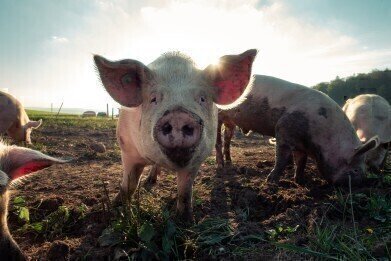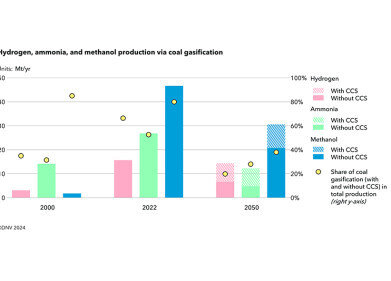Green Energy
How Much Does Biogas Cost to Make?
Oct 28 2014
Biogas is produced when microbial organic matter degrades in anaerobic conditions. It can be harvested from a number of strange and wonderful sources, such as covered lagoons, landfill sites and enclosed tanks called “anaerobic digesters”. Often made from animal manures or sludge rich in carbohydrates, proteins and lipids, biogas contains a combination of methane and carbon monoxide as well as some trace gases.
Like fossil fuels, biogas is combustible and could be used to power a wide range of applications in future. However, until fairly recently, interest in the biogas was low. Before the price of fossil fuels began to rise sharply, scientists lacked the funding required to investigate biogas production and harvest.
The costs associated to producing biogas vary. In the developed world, the price of producing biogas is comparable to the price of producing natural gas. Varying costs are given by different sources, varying from approximately £1.25 up to £4.50 per 1,000 m3. Naturally, for biogas to be harvested on a large scale, processing plants will need to be built, operated and maintained, all of which will impact upon the price of the resulting fuel. In the developing world, however, biogas has been utilised for decades. Small-scale biogas production remains a cheap and effective way of powering a range of applications, from cooking to lighting. (The average household could cook for one hour each day using biogas made from domestic waste like grass cuttings and leftovers.)
Can biogas really power the future?
Biogas is unlikely to become our primary fuel source any time soon. However, as investment into biogas increases and interest grows, the economically minded – as well as the ecologically minded – may look towards biogas as a potential source of fuel.
Biogas contains a great deal of methane, which is also the primary component in natural gas. Duly, it is thought that any application currently powered by natural gas could be powered by biogas in future. However, a few problems remain. The mechanics of biogas harvest and use still require a great deal of work. When biogas is burnt, for instance, trace gases, which corrode the metal parts of combustors, are released. Further to this, if biogas were to be used as a pipeline gas, mile upon mile of new pipelines would be needed.
What applications are currently powered by biogas?
Across the US state of Florida, biogas is harvested at landfill sites, waste water plants and breweries. In 2003, the US used 147 trillion BTU of energy harvested from landfill sites. In Hereford, Texas, cow manure powers an ethanol power plant, while in Oakley, Kansas, an ethanol plant (thought to be among the largest biogas facilities in North America) employs an Integrated Manure Utilization System (IMUS) in order to generate heat for its boilers. At full capacity, the plant is expected to replace 90% of the fossil fuel used in the manufacturing process of ethanol by utilizing feedlot manure, municipal organics and ethanol plant waste.
The Blue Mountain Biogas Power Generation plant in Beaver County, Utah came on stream in November. Developed and operated by Alpental Energy Partners of Provo, Utah, the US$17 million, 3.2Mw plant will generate electricity from methane gas provided by the anaerobic digestion of swine manure. You can read more about this news story at, Blue Mountain Biogas Plant Turns Pig Manure into Power.
Events
May 05 2024 Seville, Spain
May 13 2024 Munich, Germany
May 23 2024 Beijing, China
May 23 2024 Beijing, China
Jun 10 2024 Algiers, Algeria














